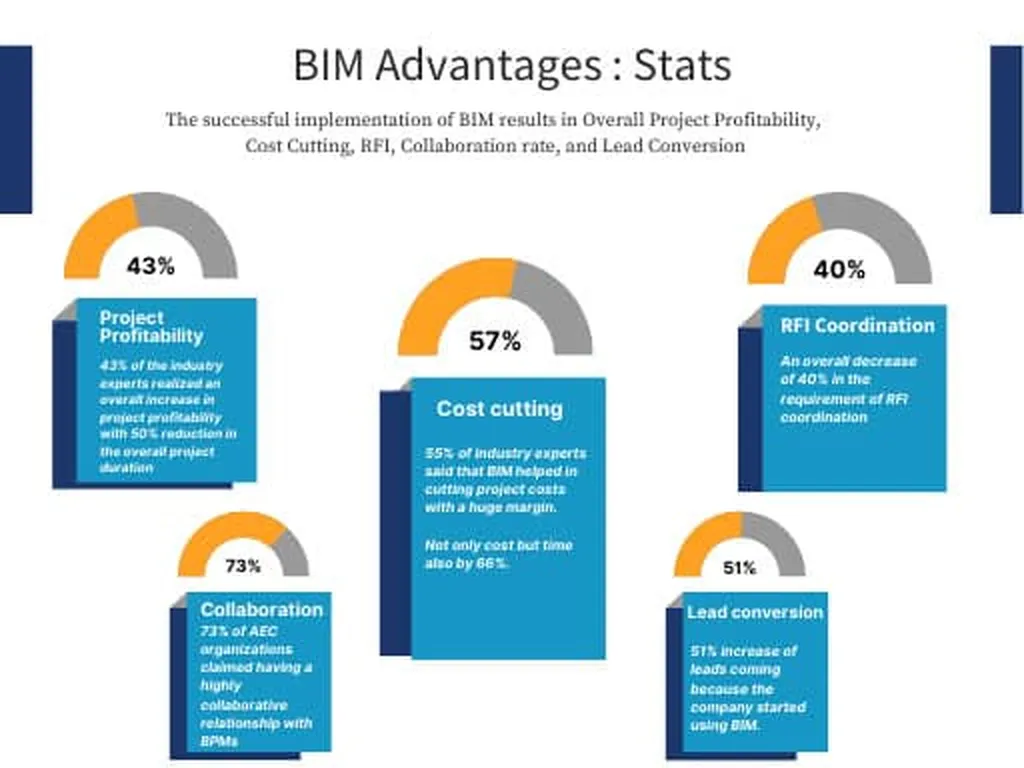In the rapidly evolving world of construction technology, Building Information Modeling (BIM) has emerged as a game-changer, streamlining processes and enhancing collaboration. However, its implementation is not without challenges. A recent study published in ‘Academia Engineering’ (translated as ‘Engineering Scholarship’) sheds light on the intricate web of risk factors and management strategies associated with BIM, offering a novel framework that could reshape how the construction industry approaches this powerful tool.
Amira Elnokaly, a researcher from the School of Design and Architecture at the University of Lincoln, UK, led the charge in this groundbreaking study. Her work, which involved a meticulous analysis of existing literature, reveals that the DeLone and McLean information systems success model is particularly effective in examining technical risks from a single-dimensional perspective. However, for a more comprehensive understanding that encompasses both social and technical aspects, the Socio-technical system theory proves to be the better lens.
Elnokaly’s research introduces a novel approach that merges two concepts: BIM-based construction networks and Leavitt’s socio-technical model. This fusion allows for a more holistic analysis of BIM implementation risks. “By integrating these two concepts, we can better understand the complex interplay between technical and social factors in BIM implementation,” Elnokaly explains. This holistic approach is crucial for the energy sector, where large-scale construction projects often involve intricate networks of stakeholders and advanced technologies.
The study’s findings are not just academic; they have significant commercial implications. For instance, understanding and mitigating risks in BIM implementation can lead to more efficient project management, reduced costs, and improved outcomes. This is particularly relevant in the energy sector, where construction projects are often high-stakes and complex.
Elnokaly’s research also highlights the need for further exploration into financial and contractual theories within the context of BIM. This suggests that the journey towards optimizing BIM implementation is ongoing, with many avenues yet to be explored.
The study, published in ‘Academia Engineering’, provides a robust and adaptable theoretical framework that has global relevance. It contributes to the generation of new knowledge and offers a roadmap for future research. As the construction industry continues to embrace BIM, this research could play a pivotal role in shaping best practices and driving innovation.
In the words of Elnokaly, “This research is just the beginning. It opens up new avenues for exploring and mitigating risks in BIM implementation, ultimately contributing to more successful and efficient construction projects.” As the industry continues to evolve, this study serves as a beacon, guiding professionals towards a future where BIM’s potential is fully realized.

